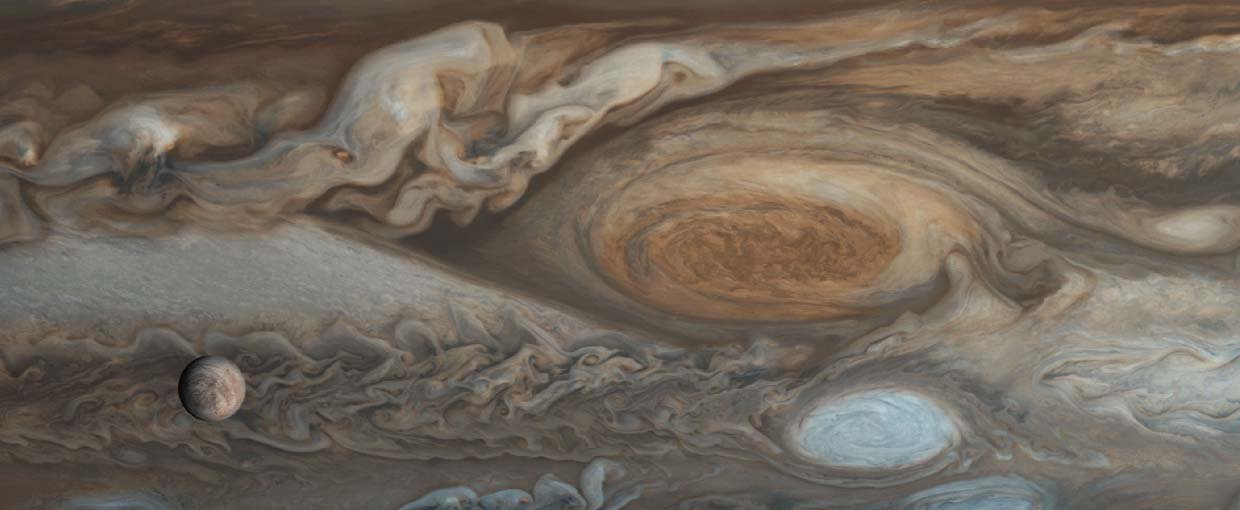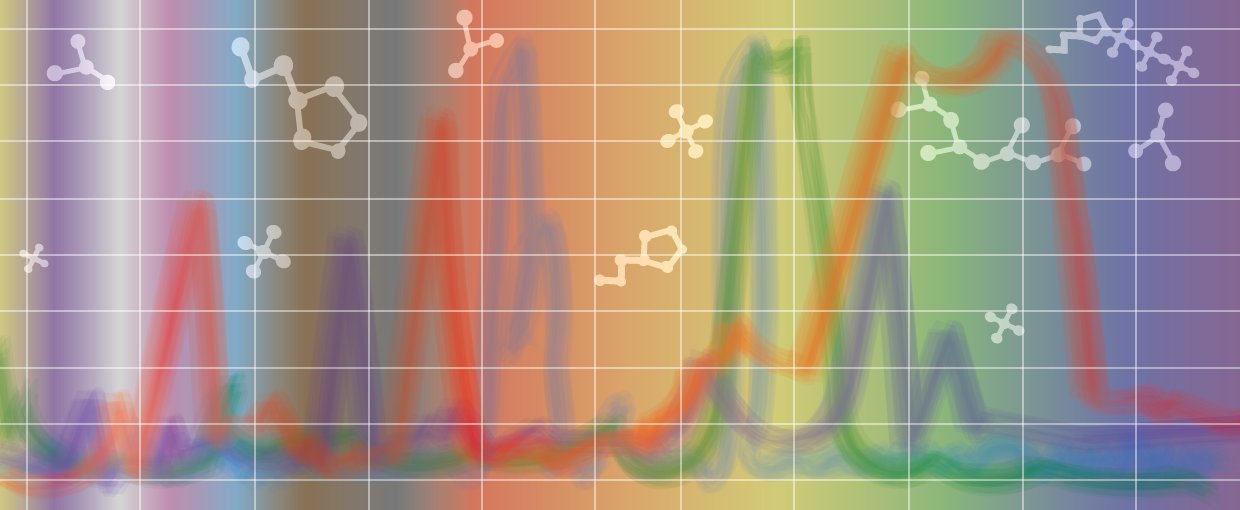Rothman, D. H. (2014). Bulletin of the American Mathematical Society, 52(1), 47–64. doi:10.1090/s0273-0979-2014-01471-5
Ushikubo, T., Williford, K. H., Farquhar, J., Johnston, D. T., Van Kranendonk, M. J., & Valley, J. W. (2014). Chemical Geology, 383(None), 86–99. doi:10.1016/j.chemgeo.2014.06.006
Domagal-Goldman, S. D., Segura, A., Claire, M. W., Robinson, T. D., & Meadows, V. S. (2014). The Astrophysical Journal, 792(2), 90. doi:10.1088/0004-637x/792/2/90
Mariotti, G., Pruss, S. B., Perron, J. T., & Bosak, T. (2014). Nature Geosci, 7(10), 736–740. doi:10.1038/ngeo2229
Starke, V., & Steele, A. (2014). Bioinformatics, 30(22), 3257–3263. doi:10.1093/bioinformatics/btu528
Arney, G., Meadows, V., Crisp, D., Schmidt, S. J., Bailey, J., & Robinson, T. (2014). Journal of Geophysical Research: Planets, 119(8), 1860–1891. doi:10.1002/2014je004662
Bolmont, E., Raymond, S. N., Von Paris, P., Selsis, F., Hersant, F., Quintana, E. V., & Barclay, T. (2014). The Astrophysical Journal, 793(1), 3. doi:10.1088/0004-637x/793/1/3
Boyd, E. S., Hamilton, T. L., Havig, J. R., Skidmore, M. L., & Shock, E. L. (2014). Applied and Environmental Microbiology, 80(19), 6146–6153. doi:10.1128/aem.01956-14
Cable, M. L., Vu, T. H., Hodyss, R., Choukroun, M., Malaska, M. J., & Beauchamp, P. (2014). Geophysical Research Letters, 41(15), 5396–5401. doi:10.1002/2014gl060531
Cady, L. P., Brack, A., Bueno Prieto, J. E., Cockell, C., Horneck, G., Kasting, J. F., … Lineweaver, C. H. (2014). Astrobiology, 14(8), 629–644. doi:10.1089/ast.2014.1405



